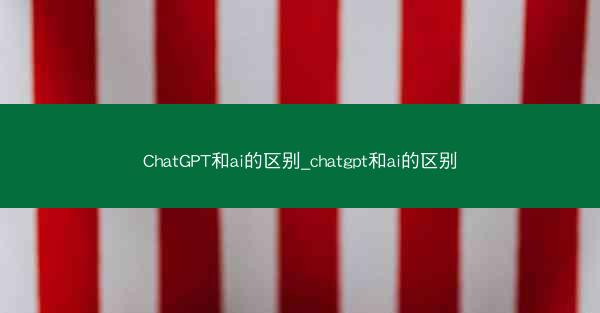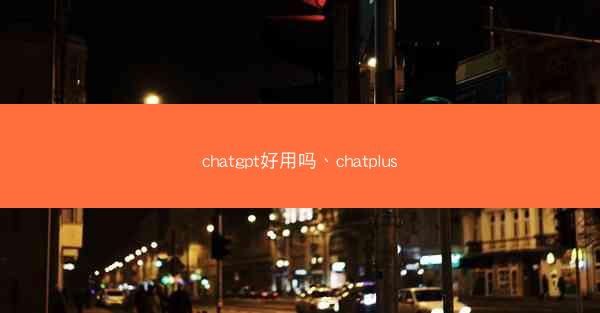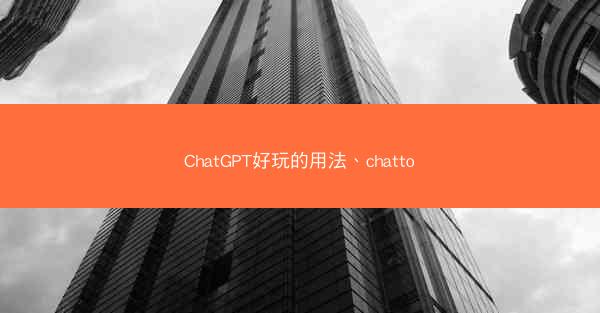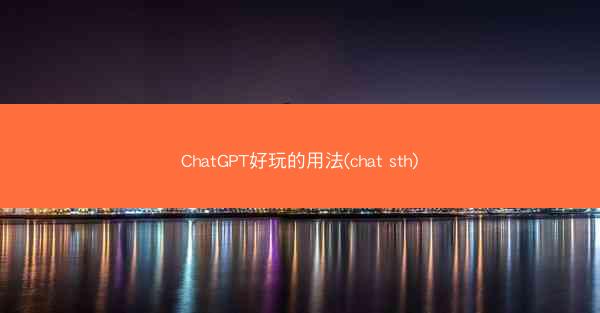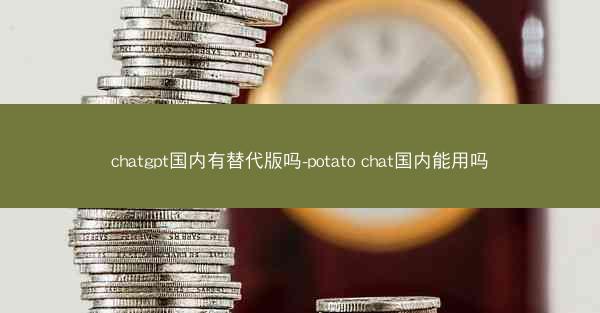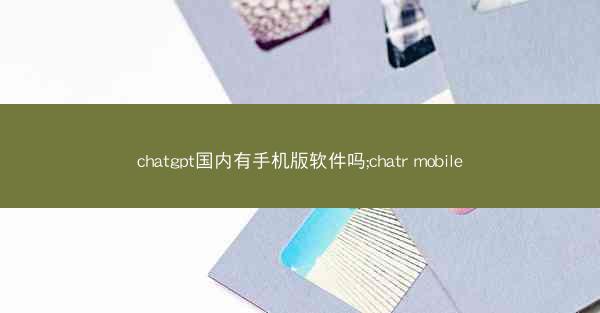Introduction to ChatGPT Translation Accuracy ChatGPT, an advanced language model developed by OpenAI, has gained signif...

Introduction to ChatGPT Translation Accuracy
ChatGPT, an advanced language model developed by OpenAI, has gained significant attention for its translation capabilities. However, the accuracy of its translations has been a topic of debate. In this article, we will explore the accuracy of ChatGPT translations and compare them with other translation tools, including ChatFilter.
Understanding ChatGPT
ChatGPT is based on a transformer architecture, which has been widely used in natural language processing tasks. It is designed to generate human-like text based on the input it receives. This makes it a powerful tool for translation, as it can understand and generate text in different languages.
Accuracy of ChatGPT Translations
The accuracy of ChatGPT translations can vary depending on the complexity of the text and the language pair involved. While it often produces high-quality translations, there are instances where it may struggle with idiomatic expressions, cultural nuances, or technical jargon. It is important to note that no translation tool is perfect, and human review is often necessary for critical translations.
Comparison with ChatFilter
ChatFilter is another translation tool that aims to provide accurate translations. It uses a combination of machine learning and human input to ensure the quality of its translations. When comparing ChatGPT and ChatFilter, it is essential to consider the following factors:
1. Language Support
Both ChatGPT and ChatFilter support a wide range of languages. However, the specific languages available may differ, and it is important to check the language support for each tool before making a decision.
2. Contextual Understanding
ChatGPT's strength lies in its ability to understand context and generate coherent translations. ChatFilter also excels in this area, but the extent of its contextual understanding may vary depending on the complexity of the text.
3. User Interface
The user interface of ChatGPT is straightforward and easy to use. ChatFilter also offers a user-friendly interface, but the design and layout may differ slightly.
4. Post-Translation Review
Both tools allow for post-translation review, which is crucial for ensuring accuracy. However, the ease of reviewing and editing translations may vary between ChatGPT and ChatFilter.
5. Performance on Different Language Pairs
The performance of translation tools can vary significantly depending on the language pair. It is advisable to test both ChatGPT and ChatFilter with your specific language pairs to determine which one performs better.
Conclusion: Choosing the Right Tool
When it comes to translation accuracy, both ChatGPT and ChatFilter have their strengths and weaknesses. The choice between the two will depend on your specific needs, such as the complexity of the text, the required level of accuracy, and the languages involved. It is recommended to try both tools and evaluate their performance based on your criteria before making a decision.
Final Thoughts
The accuracy of ChatGPT translations is a critical factor to consider when choosing a translation tool. While ChatGPT is a powerful tool with impressive capabilities, it is important to remember that no machine translation tool can replace the precision and cultural understanding of a human translator. Combining the strengths of machine translation tools like ChatGPT and ChatFilter with human review can lead to high-quality translations that meet your needs.



